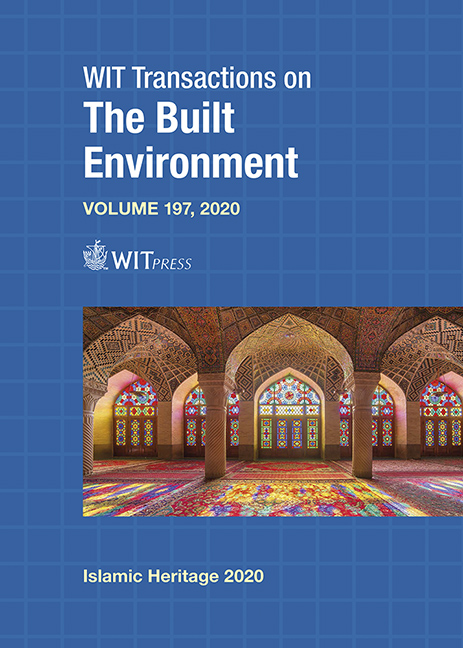HIJAZI HOUSE: GENDERED SPACE AND CULTURAL RELATIONS
Price
Free (open access)
Transaction
Volume
197
Pages
11
Page Range
113 - 123
Published
2020
Size
1,160 kb
Paper DOI
10.2495/IHA200101
Copyright
WIT Press
Author(s)
ALAA ZAHER Q. AL-BAN
Abstract
Because of Makkah and Madinah, the two holiest sites in Islam, Hijaz in western Saudi Arabia is the most important religious province. The traditional Hijazi residence in Jeddah has evolved significantly over time but provides a case study for how the social and cultural values, particularly the separation of men and women, are manifested in its spatial organization. Traditionally, public spaces are the male domain and the private spaces are those of the female and family. The purpose was to provide total privacy and seclusion for women and reflects the broader social practice requiring women to cover up in public or in front of non-family males. This social organization is reflected in the spatial layout of the remaining Hijazi residences in Jeddah. Pejorative phrases such as “the segregation of women” or “the seclusion of women” are common in the west when gender relations in Islam are discussed. In contrast, this paper will cast light on how the spatial organization of the traditional Hijazi residence serves women’s needs, comfort, and privacy and how it evolved to maintain cultural relations in the 19th century. Photographs and drawings will demonstrate the power of social values in the architecture of the Hijazi House.
Keywords
Hijazi architecture, Islamic gender relations, roshan, female agency, Saudi architecture




